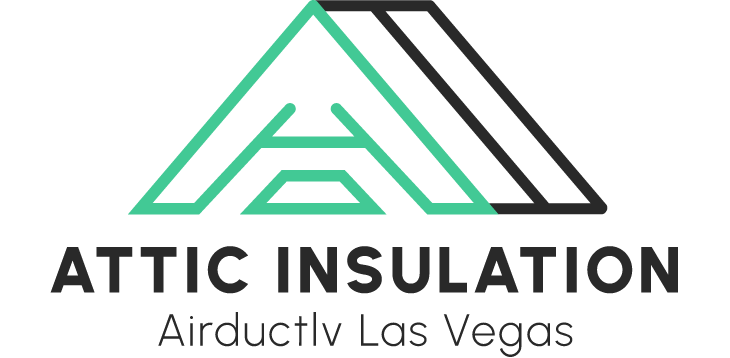Keeping your home comfortable during hot summers and chilly winters doesn’t just depend on your HVAC system—it starts with insulation. And when it comes to insulation, one of the most important terms you’ll hear is R-value. Whether you’re building a new home or updating an older one, knowing what R-value means can help you make smarter, money-saving decisions.
Let’s break it down in a way that’s easy to understand.
What Is R-Value, and Why Does It Matter?
R-value measures how well insulation can resist heat flow. The higher the number, the better the insulation performs. Think of it like a blanket: a thick, heavy blanket (high R-value) keeps you warmer than a thin sheet (low R-value).
R-value matters because it affects how hard your heating and cooling systems have to work. Good insulation helps maintain a steady indoor temperature, which leads to better comfort and lower energy bills. If you’ve ever seen an insulation R-value chart, you’ll notice different materials have different numbers, and that’s where choosing the right type comes in.
How Much Insulation Is Enough?
The right amount of insulation depends on where you live. A home in a cold region needs higher R-value insulation than one in a warm climate. That’s why experts use the R-value by climate zone system to recommend the proper insulation levels. For example, attics in colder zones may require R-49 or more, while those in milder zones might only need R-30.
It’s not about packing in as much insulation as possible—it’s about choosing the correct level for your area. Too little insulation leads to energy loss, while too much in the wrong place might not give you any added benefit.
Comparative Insulation R-Values
Not all insulation is created equal. Different materials come with different R-values per inch of thickness. For example, fiberglass batts may have an R-value of about 3.2 per inch, while spray foam insulation R-value can be as high as 6.5 per inch, depending on the type (open-cell or closed-cell).
Here’s a quick comparison of R-values by material (approximate per inch):
- Fiberglass batts: R-3.2 to R-3.8
- Blown-in cellulose: R-3.2 to R-3.7
- Open-cell spray foam: R-3.5 to R-3.6
- Closed-cell spray foam: R-6 to R-6.5
Choosing the right material depends on your space, budget, and energy goals.
Installing Insulation: DIY or Professional?
Some homeowners prefer to install insulation themselves, especially in easy-access areas like attics or crawlspaces. DIY options, like fiberglass batts or blown-in cellulose kits, are available at most hardware stores. But installation isn’t just about stuffing material into place—it’s also about sealing gaps, covering every inch, and keeping moisture out.
For hard-to-reach spaces, or if you’re using materials like spray foam, hiring a pro may be a smarter choice. Professionals have the tools and experience to do the job right. If your goal is improving home insulation without the hassle or risk of mistakes, it might be worth the investment to call in the experts.
The Importance of Proper R-Value for Your Home
Choosing the right R-value isn’t just about comfort—it’s about long-term savings and smart energy use. Too many homes lose heat in the winter and gain heat in the summer because they’re under-insulated. That means higher utility bills and more strain on your HVAC system.
When insulation is properly installed and matched to your climate, your home holds a stable temperature much better. That’s the true benefit of energy-efficient insulation: lower monthly costs and a more comfortable living space all year long.
Conclusion
Now that you understand how R-value works, you’re better prepared to make smart choices for your home. Whether you’re replacing old insulation, planning a new project, or simply trying to lower your energy bills, getting the right R-value makes a real difference. Keep in mind your climate zone, compare materials, and decide whether a DIY project or professional help is the best path for your home.
If you’re still wondering about insulation ratings explained, don’t worry—you’re not alone. Most homeowners learn as they go. The key is to start with good information, and you’ve already done that by reading this guide.
Looking to upgrade your attic or add insulation to your home the right way? Attic Insulation Las Vegas has the experience and tools to help you get the job done efficiently and affordably.

